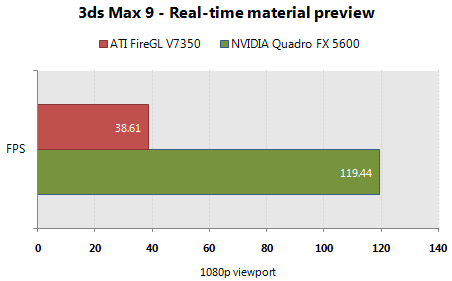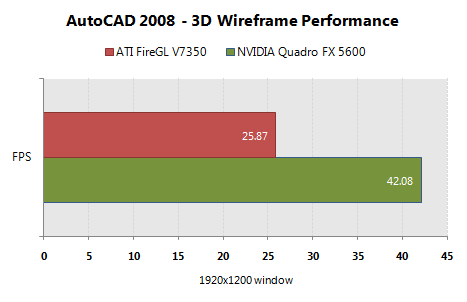Professional Application Performance
Autodesk 3ds Max 9

Autodesk AutoCAD 2008

Microstation V8 XM

|
by Ryszard Sommefeldt
on 2 August 2007, 09:12
Tags:
Quadro FX 5600,
NVIDIA (NASDAQ:NVDA)
Quick Link: HEXUS.net/qajfs
Add to My Vault:
|
|



Sign in for the best HEXUS experience
LOG IN